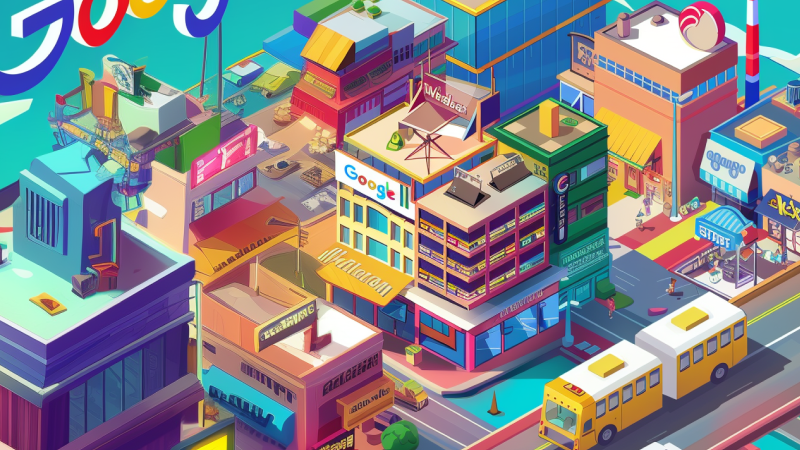When you share a link online, social media platforms and messaging apps don't just randomly pick information from your website. Open Graph (OG) empowers you to take command of this process through specific "tags", allowing you to dictate the title, description, image, and other details that users see in their preview.
This customization makes the shared content richer and more attractive, inviting users to engage further.
What is Open Graph?
Think of OG as a mini-dictionary for your web page's key attributes. By integrating specific meta tags into your webpages, you gain the power to control how your content is showcased.
This strategic control transforms a simple share into a compelling invitation for users to click and discover what your site offers.
Why Use Open Graph?
Open Graph is not just about making links look good; it's about crafting an experience that resonates with your audience:
- Boost Engagement: Eye-catching visuals and captivating descriptions in the preview can significantly increase user interaction, leading to more clicks, shares, and, crucially, more traffic to your website.
- Brand Consistency: Open Graph ensures that every share reflects your brand's image, voice, and message consistently across all social media platforms.
- Enhanced User Experience: By delivering a higher quality and cohesive preview experience, you set clear expectations for what users will find on your site, which can reduce bounce rates and foster longer engagement.
What Content Types Does OG Support?
OG is versatile, supporting a wide array of content types to ensure that whatever your site offers can be optimally shared:
- Articles: Share your articles with enticing snippets, including titles, descriptions, and author information to draw readers.
- Products: Showcase your products with captivating images, names, and prices, making them irresistible in previews.
- Videos: Let users see what they're about to watch with video thumbnails, titles, and even short previews.
- Events: Spread the word about your events with essential details like dates, times, and locations prominently displayed.
- And more! Whether you're promoting a podcast, a portfolio, or educational content, Open Graph can help you tailor how your content appears when shared.
Taking Metadata a Step Further with Structured Data
While Open Graph plays a pivotal role in controlling how content appears on social media, the journey towards optimizing your web presence doesn't stop there.
Taking metadata a step further, Structured Data is the powerhouse behind enabling search engines to not only understand but also categorize and index your web content more effectively.
Adopting both Open Graph and Structured Data underscores a holistic approach to digital marketing and content strategy. It's about ensuring every piece of your online content works harder for you—capturing attention, driving traffic, and delivering a seamless experience to your audience.
Are you ready to make use of Open Graph?
By leveraging Open Graph tags, you not only enhance the visual appeal of your shared content but also ensure that it aligns with your brand's identity and messaging strategy.
This level of control is crucial in a digital landscape where first impressions can significantly influence user behavior. Implementing OG tags is a strategic step towards creating a more engaging, consistent, and user-focused online presence.


